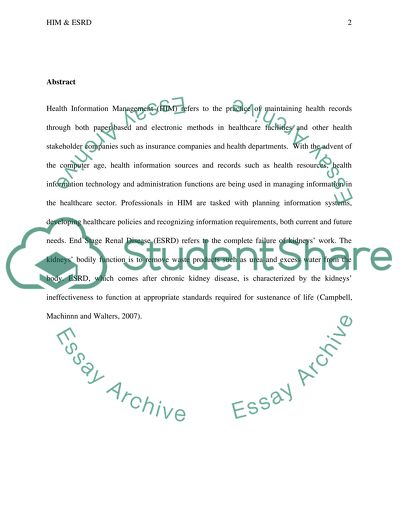HIM & ESRD Admission/Application Essay Example | Topics and Well Written Essays - 750 words. Retrieved from https://studentshare.org/health-sciences-medicine/1443566-him-esrd
HIM & ESRD Admission/Application Essay Example | Topics and Well Written Essays - 750 Words. https://studentshare.org/health-sciences-medicine/1443566-him-esrd.


